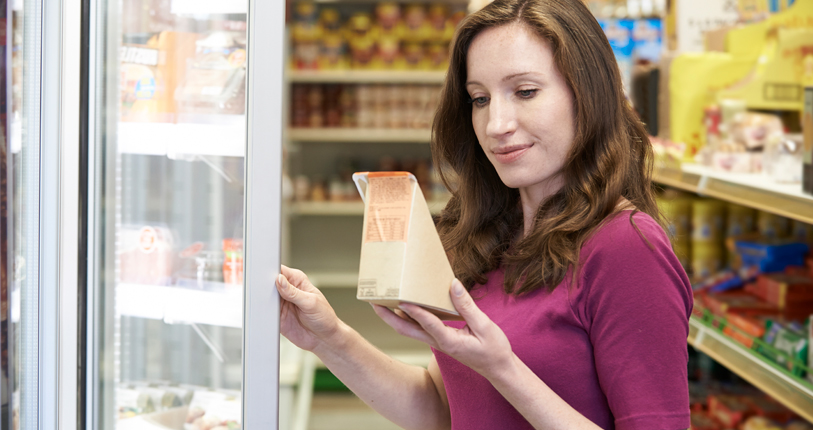The American Heart Association says that excessive consumption of sugar is linked to several health problems. It stressed an upper limit of 100 calories a day from added sugar for a woman (six teaspoons) and 150 calories a day for a man (nine teaspoons). Many other studies have implicated sugar with increasing rates of obesity and type 2 diabetes. Refined sugars added to junk food and sugary drinks represent a major risk to your family’s current and future health. Here’s a way to choose the right products:
Look for brands that state ‘No added sugar’. Added sugars include sugars that are added during the processing of foods like sucrose or dextrose, table sugar, sugars from syrups and honey, and sugars from concentrated fruit or vegetable juices.
Look for the word ‘includes’ before added sugars on the label. Know that 5% DV (Daily Value) or less is a Low source of added sugars. 20% DV or more is a High source of added sugars.
Know that sugar-free doesn’t mean carbohydrate-free. Choose a sugar-free product that has much fewer carbohydrates. Some products may not have sugar added during processing or packaging, but they may still be high in carbohydrates.
Pay attention to the serving size. The serving size listed on food labels may be different from the serving sizes you include in your meal plan. If you eat twice the serving size listed on the label, you also double the calories, fat and carbohydrates.
Remember your daily calorie goals. Your calorie goals depend on your age, gender, work, lifestyle and your overall health. Normally, we have a goal of around 2,000 calories per day. If your doctor or dietitian recommends more or less than 2,000 calories a day, you may need to adjust accordingly.

